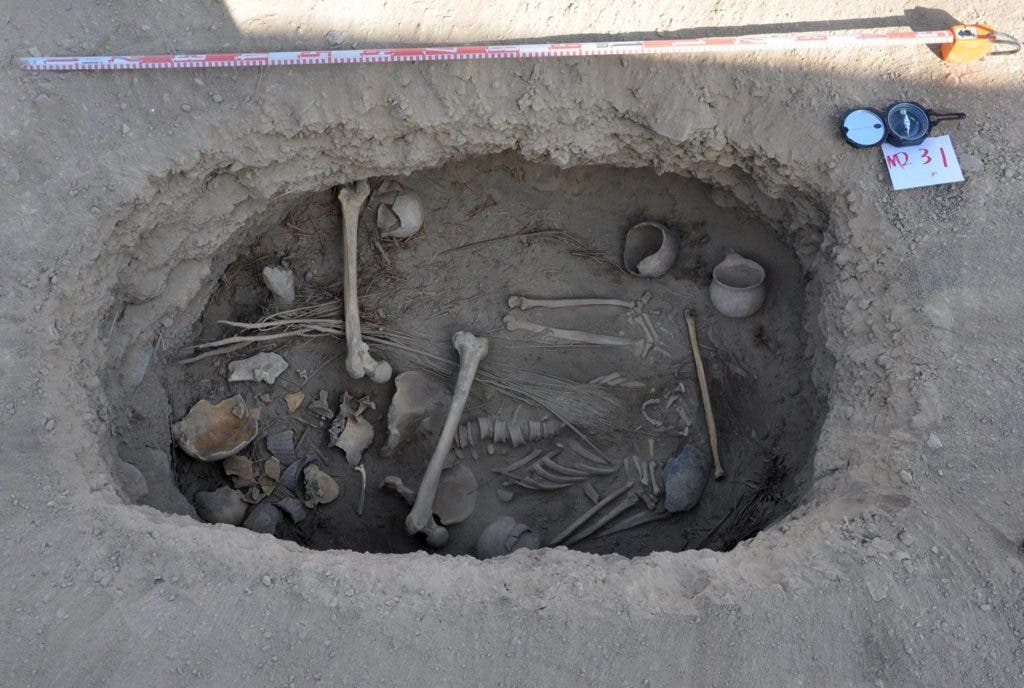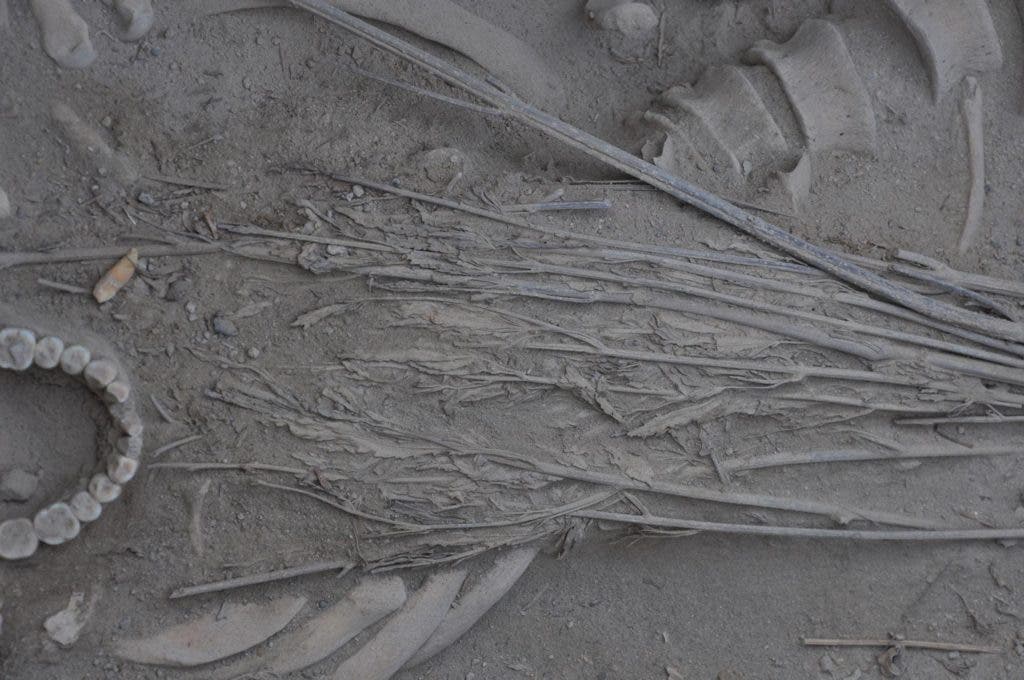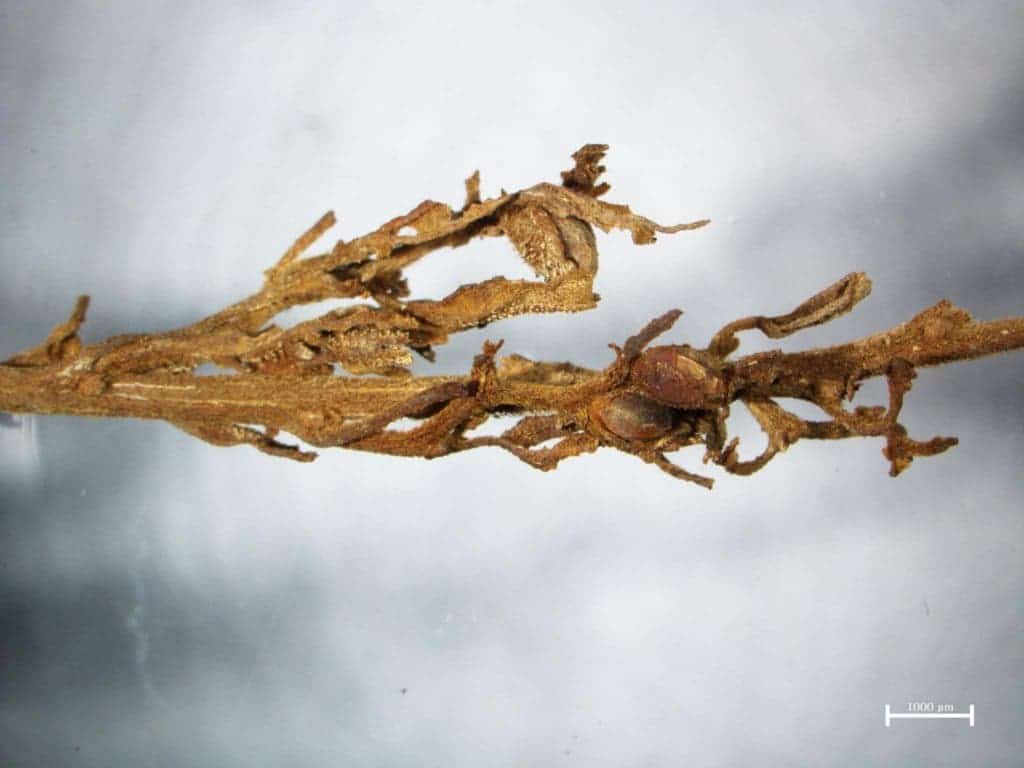
For the first time, archaeologists have discovered complete cannabis plants in a burial site. The tomb was unearthed in China’s Turpan Basin and archaeologists were dumbstruck by the discovery of the remains — a 35-year-old adult man with Caucasian features. Across his chest, no fewer than thirteen plants were found preserved in excellent conditions. The plants had been placed diagonally across the man’s chest while a reed pillow was placed beneath his head.
The researchers believe the man and his community used cannabis for both medicinal and ritualistic purposes. The remains were found in the Jiayi cemetery in Turpan, where 240 other ancient graves had been found.

Radiocarbon dating performed on the remains suggests the man was buried between 2,400 and 2,800 years ago. Around that time, the Turpan Basin was home to the Gushi Kingdom while the Turpan desert oasis itself was considered an important stop on the Silk Road.
Previously, archaeologists had discovered cannabis in a couple of other Turpan graves. One notable finding contained two pounds of cannabis seeds and powdered leaves, but this latest discovery is the first time whole marijuana plants have been discovered.

Hongen Jiang led the team responsible for the unusual find. He and colleagues had been trying to determine whether the cannabis found the various burial caches around Turpan had been locally grown or sourced from elsewhere through trade. Now, seeing so many plants on the ancient man’s chest, some as big as three feet long, the researchers are confident the Gushi folk grew their own herb locally.
As for the purpose of cannabis in Turpan, the jury isn’t out yet. Cannabis has very durable hemp fibers which have been valued for thousands of years but archaeologists haven’t found any woven cloth in the area yet. The oil-rich seeds found in various tombs could have comprised an important source of food for the local people. Finally, of course, there’s reason to believe Turpan ancient folk used cannabis for its psychoactive properties.
Archaeologists found that the flowering heads of the cannabis plants found in the Jiayi cemetery contained glandular trichomes — sticky, resinous outgrowths. These trichomes store the active ingredients in cannabis – the stuff that gets you high and has all the medical benefits – tetrahydrocannabinol (THC), cannabidiol (CBD), and other cannabinoids.
“This unique discovery provides new insight into the ritualistic use of Cannabis in prehistoric Central Eurasia. Furthermore, the fragmented infructescences of Cannabis discovered in other tombs of the Jiayi cemetery, together with similar Cannabis remains recovered from coeval tombs in the ancient Turpan cemetery along with those found in the Altai Mountains region, reveal that Cannabis was used by the local Central Eurasian people for ritual and/or medicinal purposes in the first millennium before the Christian era,” wrote the archaeologists in a paper published the journal Economic Botany.
via National Geographic


